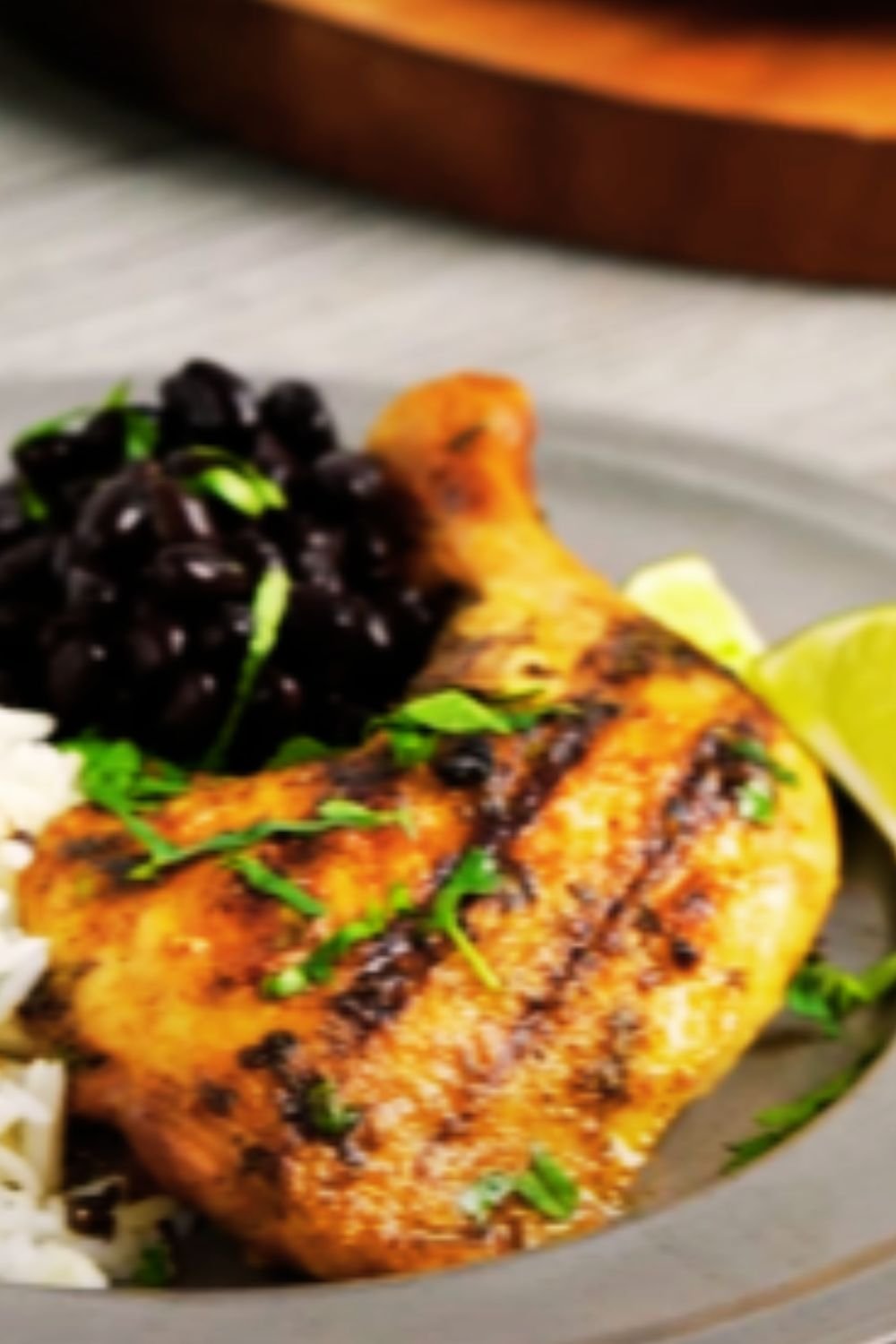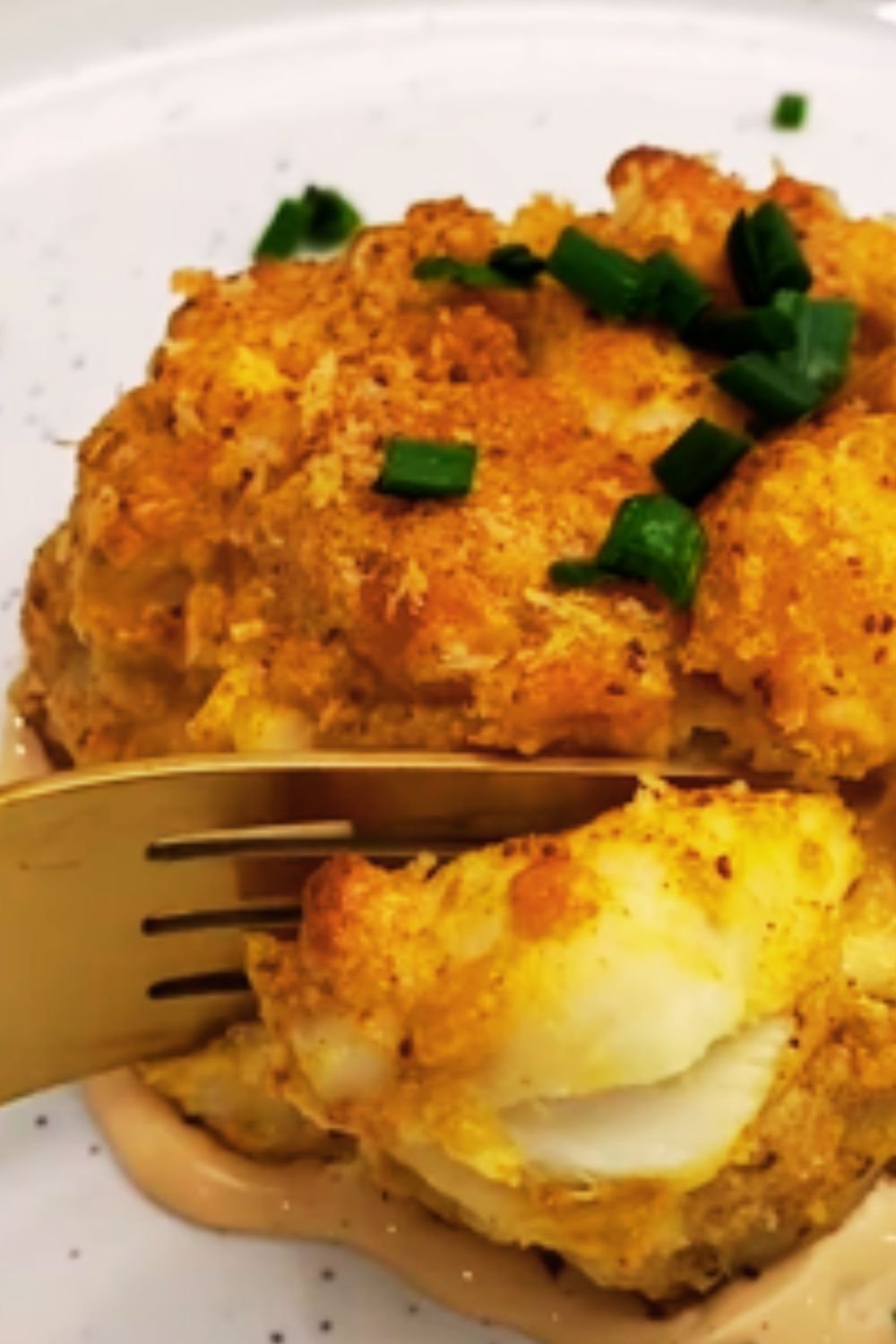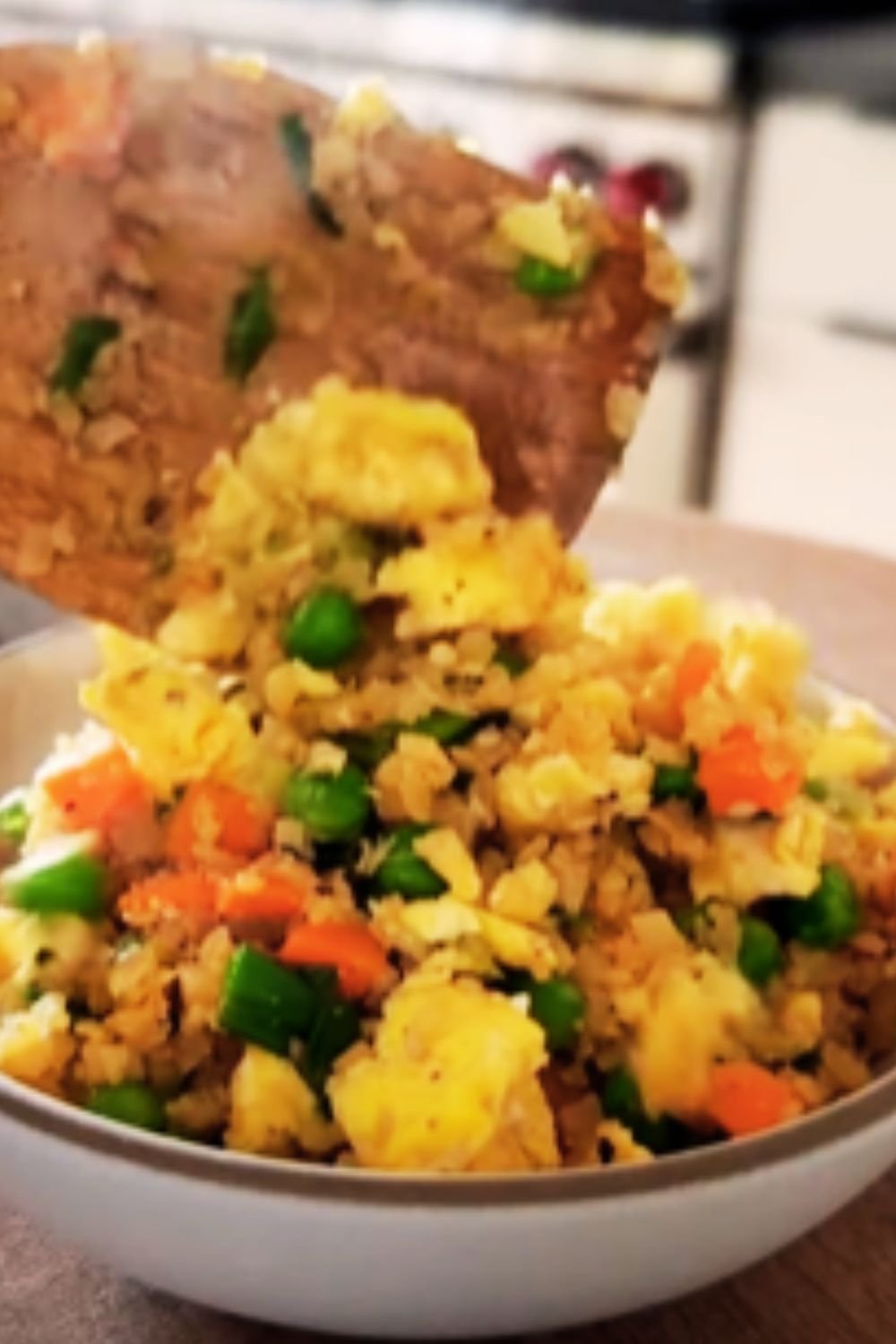There’s something magical about that first bite of perfectly marinated Cuban Mojo Chicken — the citrusy tang, the punch of garlic, and that distinctive hint of oregano that transports you straight to the vibrant streets of Havana. I’ve spent years perfecting this recipe, and today I’m sharing all my secrets for creating this Caribbean classic right in your own kitchen.
The Magic of Mojo
Mojo (pronounced “mo-ho”) is the heart and soul of Cuban cuisine. This citrus-based marinade has been elevating simple ingredients into extraordinary meals for generations. My first encounter with authentic mojo sauce came during a memorable trip to Miami’s Little Havana, where I watched in awe as a local chef combined bright citrus juices with copious amounts of garlic, herbs, and spices. The aroma alone was intoxicating!
What makes Cuban Mojo Chicken special isn’t just the flavor — it’s the way the marinade transforms ordinary chicken into something extraordinary. The citric acid in the orange and lime juices tenderizes the meat while infusing it with bright, tropical flavors that cut through the richness of the chicken.
The Perfect Mojo Marinade
Before we dive into the full recipe, let’s break down what makes a truly authentic mojo marinade:
- Citrus Base: While some versions use only sour orange (naranja agria), my recipe combines orange and lime juices for the perfect balance of sweetness and acidity.
- Garlic Abundance: This is not the time to hold back! Authentic mojo contains generous amounts of garlic — I’m talking head-turning, vampire-repelling quantities.
- Fresh Herbs: Traditional Cuban oregano differs from Mediterranean oregano but either works beautifully. Fresh is always best!
- Cumin: Just enough to add warmth without overpowering the citrus notes.
- Olive Oil: Helps carry the flavors and creates a beautiful caramelization when cooking.
Ingredients
For the Mojo Marinade:
- ¾ cup fresh orange juice (about 3 medium oranges)
- ½ cup fresh lime juice (about 4-5 limes)
- 8 large garlic cloves, minced (about ¼ cup)
- 2 tablespoons fresh oregano, finely chopped (or 2 teaspoons dried)
- 2 teaspoons ground cumin
- 1 teaspoon dried oregano
- ½ cup extra virgin olive oil
- 1 ½ teaspoons kosher salt
- 1 teaspoon freshly ground black pepper
- ¼ teaspoon cayenne pepper (optional, for heat)
For the Chicken:
- 4 pounds bone-in, skin-on chicken pieces (thighs and drumsticks work best)
- 1 tablespoon olive oil (for cooking)
- Kosher salt and freshly ground black pepper
- 2 oranges, thinly sliced (for garnish)
- ¼ cup fresh cilantro, chopped (for garnish)
Equipment Needed:
- Large glass or plastic bowl for marinating (not metal)
- Measuring cups and spoons
- Citrus juicer
- Sharp knife and cutting board
- Large resealable plastic bag (alternative marinating container)
- Large cast-iron skillet or heavy-bottomed pan
- Instant-read thermometer
- Tongs
Step-by-Step Instructions
Preparing the Marinade:
- Juice the citrus: Squeeze the oranges and limes to get fresh juice. Always use fresh juice rather than bottled for this recipe — the difference in flavor is tremendous.
- Combine the liquids: In a large bowl, whisk together the orange juice, lime juice, and olive oil until well combined.
- Add aromatics: Stir in the minced garlic, fresh and dried oregano, cumin, salt, black pepper, and cayenne (if using). Whisk vigorously to emulsify the oil and citrus juices.
- Taste and adjust: The marinade should be bright, garlicky, and well-seasoned. Adjust salt and pepper if needed.
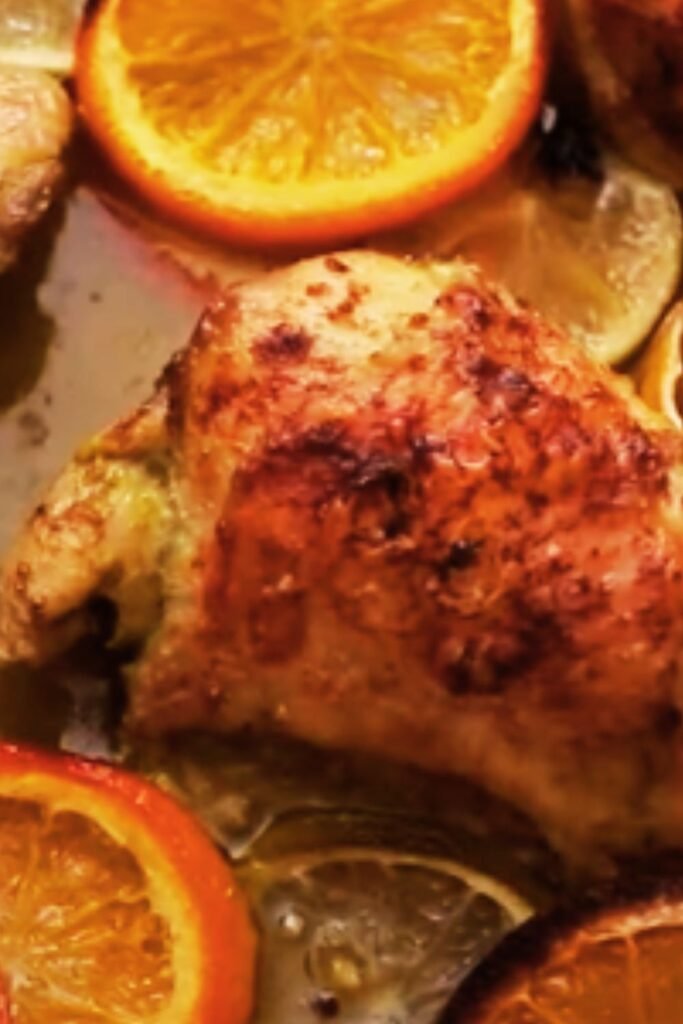
Marinating the Chicken:
- Prepare the chicken: Pat the chicken pieces dry with paper towels. This helps the marinade adhere better and promotes better browning when cooking.
- Season: Lightly season the chicken pieces with a pinch of salt and pepper on both sides.
- Marinate: Place the chicken in a large resealable plastic bag or glass container. Pour the marinade over the chicken, making sure each piece is well-coated. Seal the bag or cover the container.
- Refrigerate: Allow the chicken to marinate in the refrigerator for at least 4 hours, preferably overnight (up to 24 hours). The longer it marinates, the more flavorful it becomes. Turn the chicken occasionally to ensure even marination.
Cooking Method Options:
Option 1: Stovetop to Oven (My Favorite Method)
- Preheat the oven to 375°F (190°C).
- Remove from marinade: Take the chicken out of the marinade, letting excess drip off. Don’t discard the marinade yet!
- Sear the chicken: Heat 1 tablespoon of olive oil in a large oven-safe skillet over medium-high heat. Once hot, place the chicken pieces skin-side down and sear until golden brown, about 5-6 minutes.
- Flip and add marinade: Turn the chicken pieces over, pour about ¼ cup of the reserved marinade over the chicken (discard the rest).
- Transfer to oven: Place the skillet in the preheated oven and roast for 25-30 minutes, or until the chicken reaches an internal temperature of 165°F (74°C) at the thickest part.
Option 2: Grilling Method
- Preheat the grill to medium-high heat (about 375-400°F or 190-205°C). Clean and oil the grates.
- Prepare the chicken: Remove the chicken from the marinade, letting excess drip off.
- Start skin-side up: Place the chicken on the grill skin-side up first. Grill for about 5-7 minutes.
- Flip and finish: Turn the chicken over and grill for another 5-7 minutes, or until the internal temperature reaches 165°F (74°C).
- Baste: In the last few minutes of cooking, brush the chicken with a little of the reserved marinade for extra flavor.
Option 3: Slow Roasted in Oven
- Preheat the oven to 325°F (165°C).
- Arrange chicken: Place the marinated chicken pieces in a large baking dish, skin-side up. Pour about ¼ cup of the marinade over the chicken.
- Cover and roast: Cover the dish with foil and roast for 45 minutes.
- Uncover for browning: Remove the foil and increase the oven temperature to 375°F (190°C). Continue roasting for 20-25 minutes until the skin is golden and crispy and the internal temperature reaches 165°F (74°C).
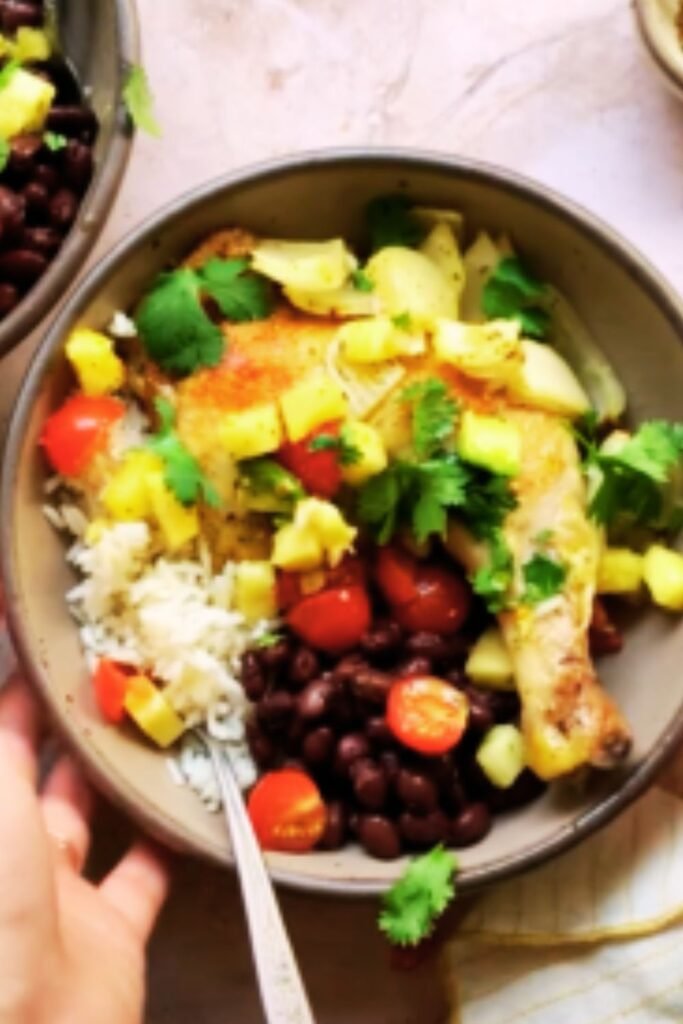
Tips for Perfect Cuban Mojo Chicken
I’ve made this recipe countless times, and through trial and error, I’ve discovered some secrets to make it even better:
| Tip | Why It Works | Common Mistake to Avoid |
|---|---|---|
| Don’t skimp on marinating time | The citrus needs time to penetrate and tenderize the meat | Marinating for less than 4 hours results in less flavor |
| Use bone-in, skin-on chicken pieces | The bones add flavor, and the skin protects the meat from drying out | Boneless cuts cook faster but can easily dry out |
| Bring chicken to room temperature before cooking | Cold chicken directly from the fridge cooks unevenly | Cooking straight from the refrigerator can result in undercooked centers |
| Let the chicken rest after cooking | Resting allows juices to redistribute throughout the meat | Cutting into the chicken immediately causes moisture loss |
| Save some fresh marinade | Using a portion of unused marinade as a finishing sauce adds brightness | Using marinade that’s been in contact with raw chicken is unsafe |
| Pat chicken dry before searing | Excess moisture prevents proper browning | Wet chicken will steam rather than sear |
Variations to Try
While I’m a purist when it comes to traditional Cuban Mojo Chicken, here are some adaptations that still honor the spirit of the dish:
Tropical Mojo Chicken
Add 2 tablespoons of pineapple juice to the marinade for a tropical twist.
Spicy Mojo Chicken
Increase the cayenne to ½ teaspoon and add 1 jalapeño, finely diced, to the marinade.
Mojo Chicken Tacos
Shred the cooked chicken and serve in warm corn tortillas with avocado, pickled red onions, and fresh cilantro.
Citrus-Free Option
For those with citrus allergies, substitute the orange and lime juice with a combination of white wine vinegar (½ cup) and honey (2 tablespoons).
Serving Suggestions
The perfect Cuban meal is all about complementary flavors and textures. Here are my favorite ways to serve Cuban Mojo Chicken:
Traditional Cuban Sides:
- Black beans and rice (Moros y Cristianos)
- Fried plantains (Tostones or Maduros)
- Cuban-style yuca with garlic sauce (Yuca con Mojo)
- Avocado salad with lime dressing
Fresh Accompaniments:
- Citrus slaw with cabbage, orange segments, and a light vinaigrette
- Tropical fruit salsa with mango, pineapple, and jalapeño
- Quick-pickled red onions
- Fresh lime wedges for squeezing over the chicken just before eating
Lighter Options:
- Roasted vegetable medley with bell peppers, onions, and zucchini
- Green salad with avocado and citrus vinaigrette
- Grilled corn on the cob with lime butter
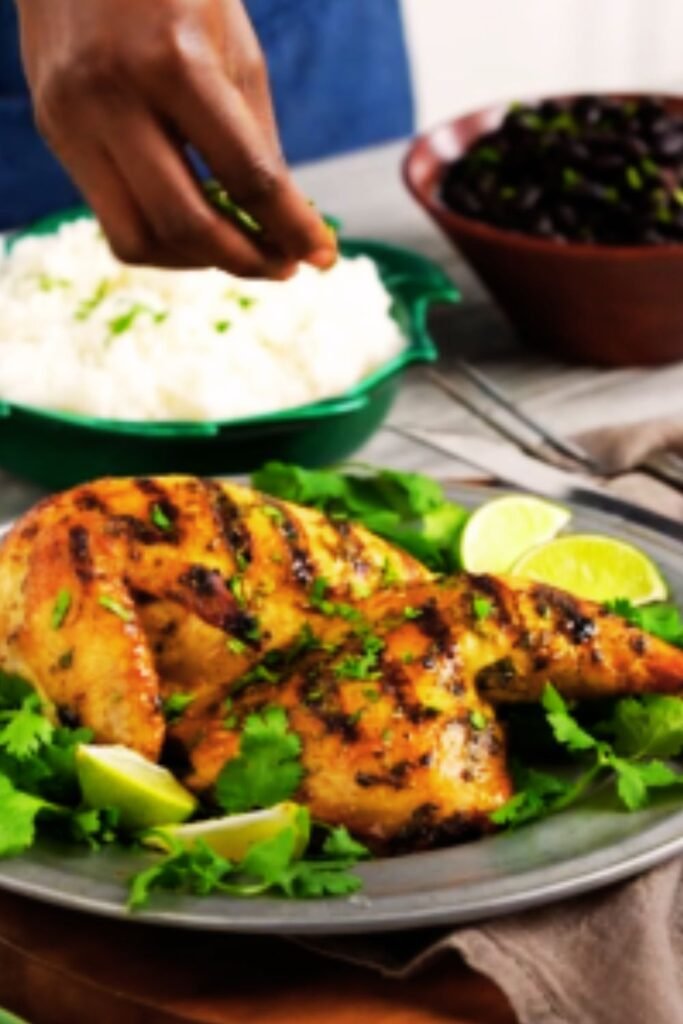
Nutritional Information
For those tracking their nutritional intake, here’s a breakdown per serving (assuming 8 servings from this recipe):
| Nutrient | Amount per Serving | % Daily Value* |
|---|---|---|
| Calories | 385 | – |
| Protein | 32g | 64% |
| Total Fat | 24g | 31% |
| Saturated Fat | 5g | 25% |
| Cholesterol | 145mg | 48% |
| Carbohydrates | 6g | 2% |
| Dietary Fiber | 1g | 4% |
| Sugars | 3g | – |
| Sodium | 540mg | 23% |
| Potassium | 385mg | 11% |
| Vitamin C | 35mg | 39% |
| Iron | 2mg | 11% |
| Calcium | 30mg | 3% |
*Percent Daily Values are based on a 2,000 calorie diet. Your daily values may be higher or lower depending on your calorie needs.
Make-Ahead and Storage Tips
This recipe is perfect for meal prep and actually improves with time. Here’s how to make the most of it:
Make-Ahead Options:
- Marinade: Prepare the mojo marinade up to 3 days in advance and store in an airtight container in the refrigerator.
- Marinated Chicken: The chicken can be marinated for up to 24 hours before cooking.
- Fully Cooked: Cuban Mojo Chicken tastes delicious cold or reheated, making it perfect for next-day lunches.
Storage Guidelines:
- Refrigeration: Store leftover cooked chicken in an airtight container in the refrigerator for up to 4 days.
- Freezing: Cooked chicken can be frozen for up to 3 months. Thaw overnight in the refrigerator before reheating.
Reheating Methods:
- Oven: For the best results, reheat in a 325°F (165°C) oven, covered with foil, for 15-20 minutes or until warmed through.
- Microwave: For quick reheating, microwave on 70% power with a damp paper towel over the chicken to prevent drying out.
- Skillet: Slice the chicken and quickly warm in a skillet with a splash of chicken broth to maintain moisture.
The History Behind Cuban Mojo
The roots of Cuban mojo sauce trace back to the Canary Islands, brought to Cuba by Spanish immigrants. Over time, the recipe evolved to incorporate indigenous Caribbean ingredients and techniques, resulting in the distinctive flavor profile we know today.
In traditional Cuban cooking, mojo isn’t just for chicken – it’s used to marinate pork (especially for the famous Cuban dish lechón asado), beef, and even as a sauce for yuca and other root vegetables. The versatility of mojo sauce is a testament to its perfect balance of flavors.
What I find most fascinating is how this simple combination of everyday ingredients – citrus, garlic, herbs – has become such an iconic flavor profile, instantly recognizable as Cuban cuisine. It’s a beautiful reminder of how immigrant food traditions adapt and flourish in new environments, creating culinary treasures that stand the test of time.

Common Questions About Cuban Mojo Chicken
Q: Can I use bottled citrus juice instead of fresh? While fresh is always best for the most authentic flavor, you can substitute bottled juices in a pinch. Look for 100% juice without added sugar or preservatives. You might need to adjust the quantities slightly as bottled juices can be more concentrated.
Q: Is there a substitute for sour orange if I can’t find it? Absolutely! My recipe already uses a combination of orange and lime juice to mimic the flavor of traditional sour orange (naranja agria). This blend provides both the sweetness of oranges and the acidity of limes.
Q: Can I use boneless, skinless chicken breasts? Yes, though you’ll need to adjust the cooking time. Boneless breasts will cook much faster (about 6-8 minutes per side on the stovetop or grill) and are more prone to drying out. Consider pounding them to an even thickness for more consistent cooking.
Q: Is mojo sauce spicy? Traditional mojo isn’t particularly spicy. The cayenne pepper in my recipe adds a very mild heat that balances the citrus flavors. You can adjust the amount to your preference or omit it entirely if you’re sensitive to heat.
Q: How can I tell when the chicken is done? The most reliable method is using an instant-read thermometer. The chicken is safe to eat when it reaches an internal temperature of 165°F (74°C) at the thickest part. Alternatively, you can cut into the thickest part – the juices should run clear and the meat should no longer be pink.
Q: Can vegetarians enjoy mojo flavor? Absolutely! The mojo marinade works wonderfully with firm tofu, tempeh, or hearty vegetables like cauliflower steaks, portobello mushrooms, and eggplant. Just reduce the marinating time to 1-2 hours for these alternatives.
Q: Why shouldn’t I use a metal bowl for marinating? The high acidity of the citrus juices can react with metal, particularly aluminum, which can impart a metallic taste to the food and potentially damage the bowl. Glass, ceramic, or food-grade plastic containers are safer choices.
Q: Can I use this recipe for a whole chicken? Yes! For a whole chicken (about 4-5 pounds), double the marinade recipe. Loosen the skin and rub some marinade directly onto the meat beneath the skin for maximum flavor. Roast at 375°F (190°C) for about 1 hour and 15 minutes, or until the internal temperature reaches 165°F (74°C) at the thickest part of the thigh.
Final Thoughts
Cuban Mojo Chicken represents everything I love about cooking – simple ingredients transformed into something extraordinary through time-honored techniques and a perfect balance of flavors. The bright citrus, aromatic garlic, and warm spices create a dish that’s simultaneously complex and comforting.
What makes this recipe special is its versatility. It’s impressive enough for a weekend dinner party yet simple enough for a weeknight family meal. The leftovers (if there are any!) make incredible sandwiches, salads, and grain bowls.
As with any traditional recipe, feel free to make it your own. Cooking is about honoring traditions while creating new ones that reflect your personal taste and the ingredients available to you.
I hope this Cuban Mojo Chicken brings as much joy to your table as it has to mine over the years. ¡Buen provecho!
